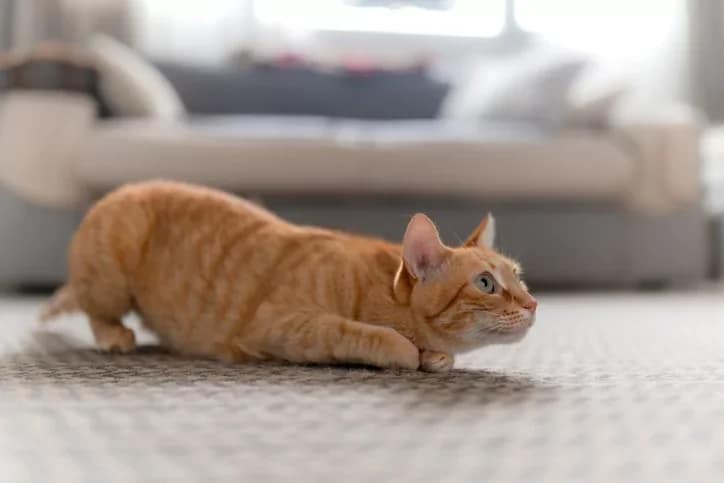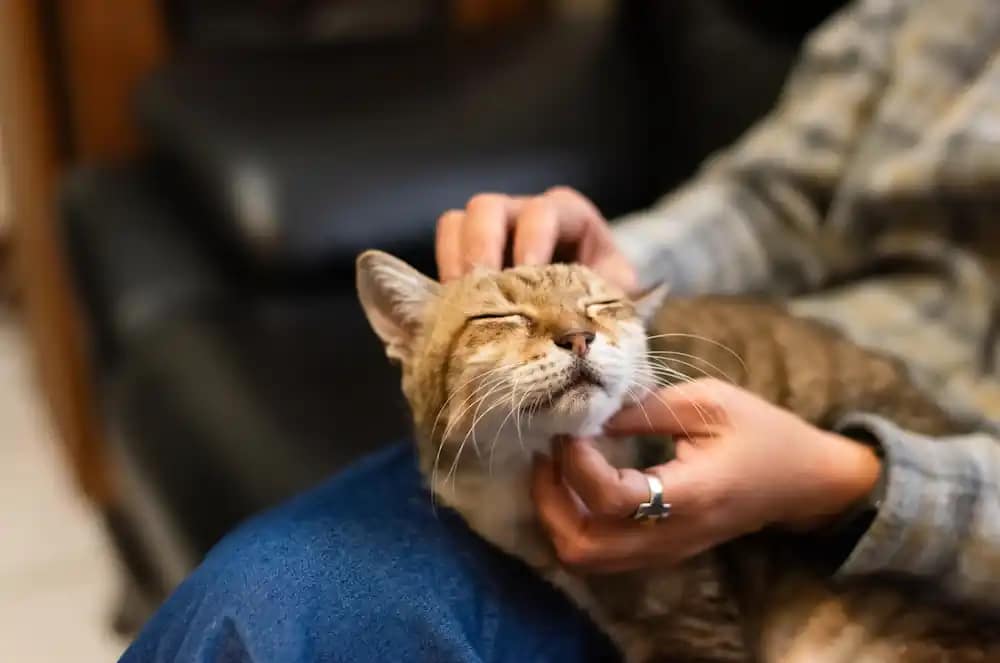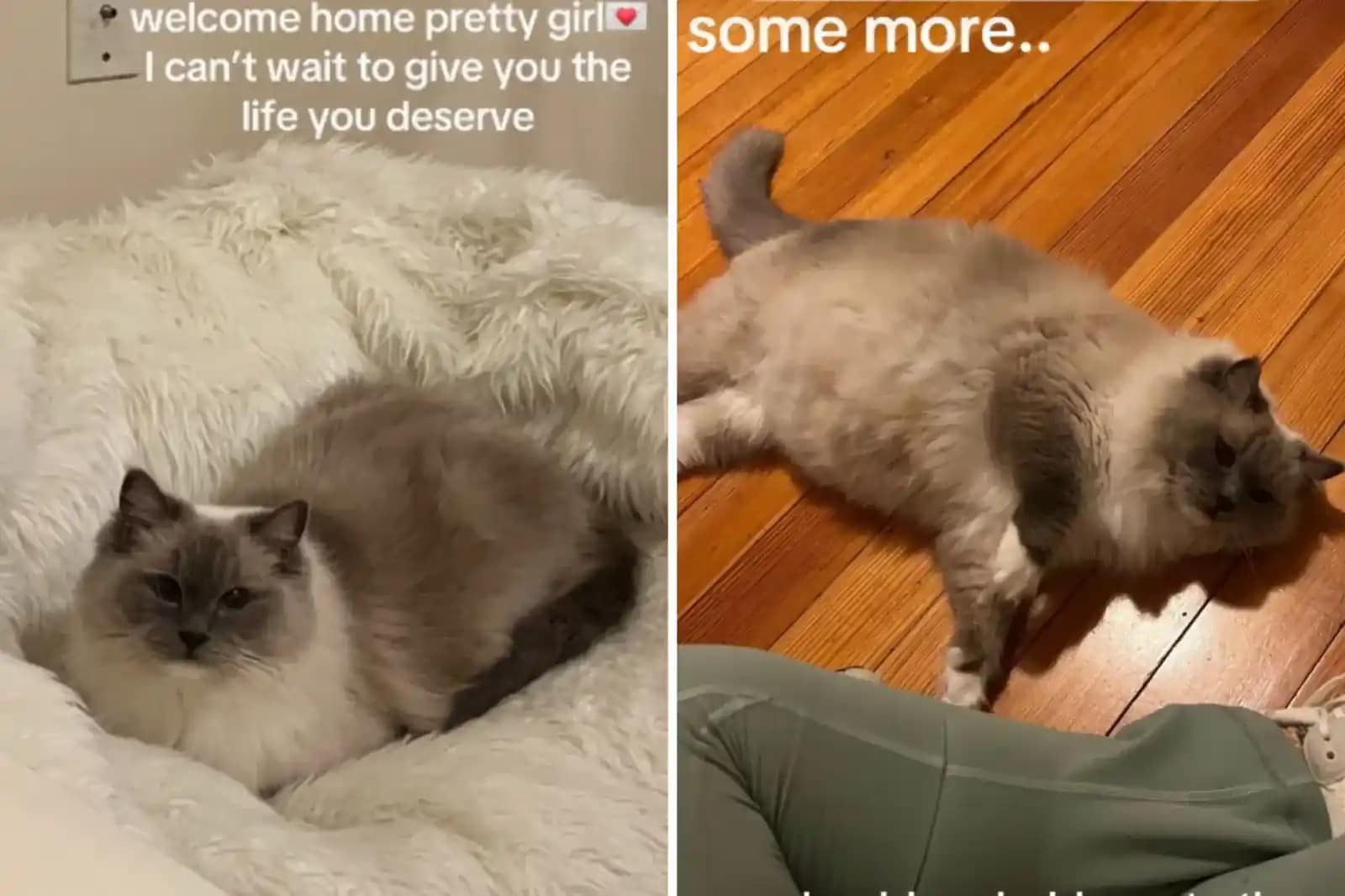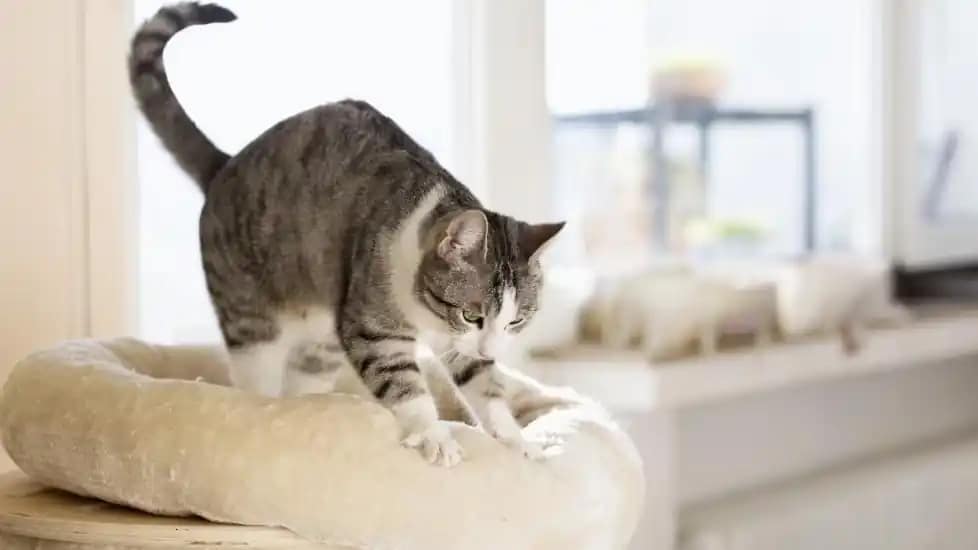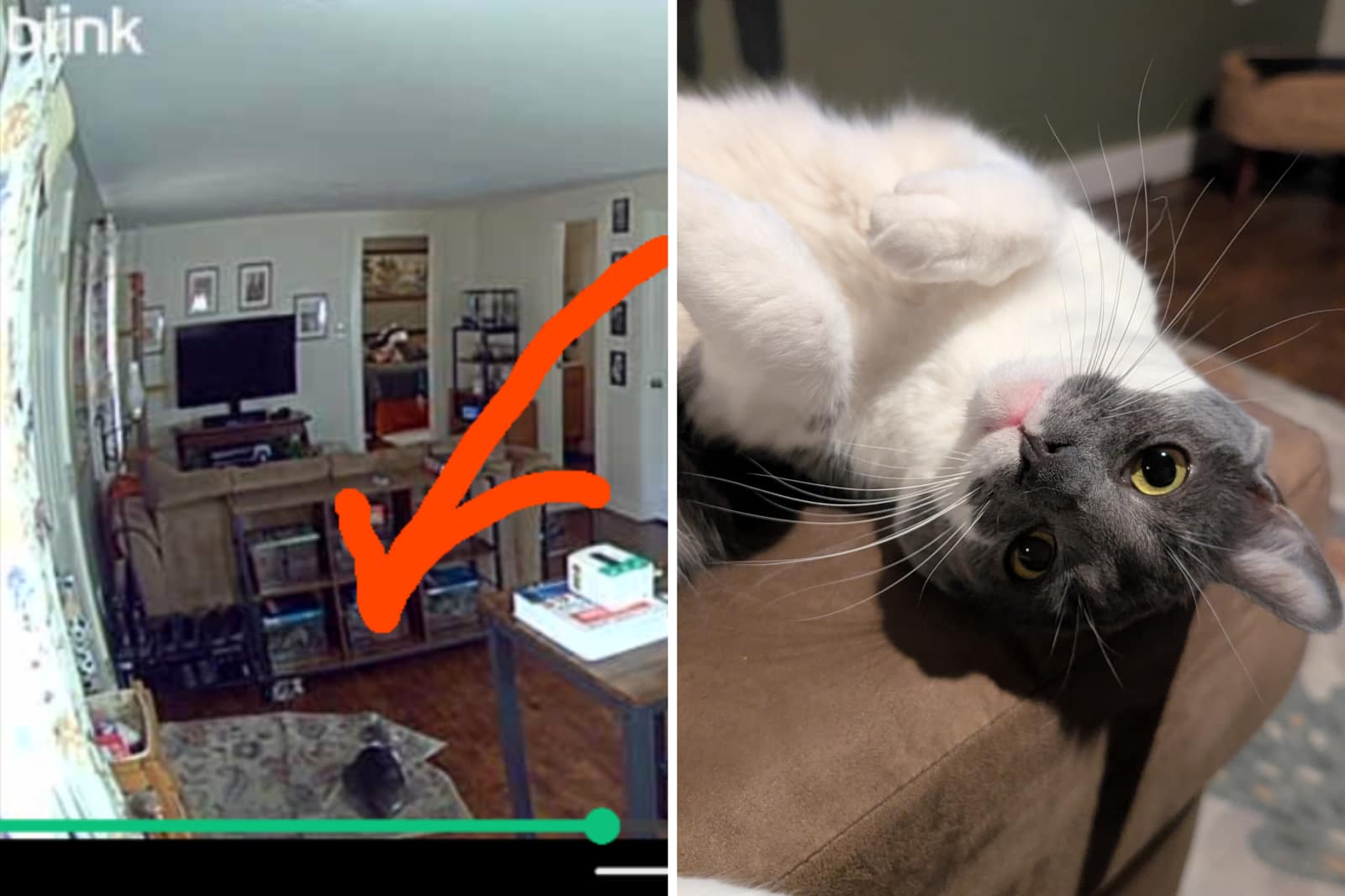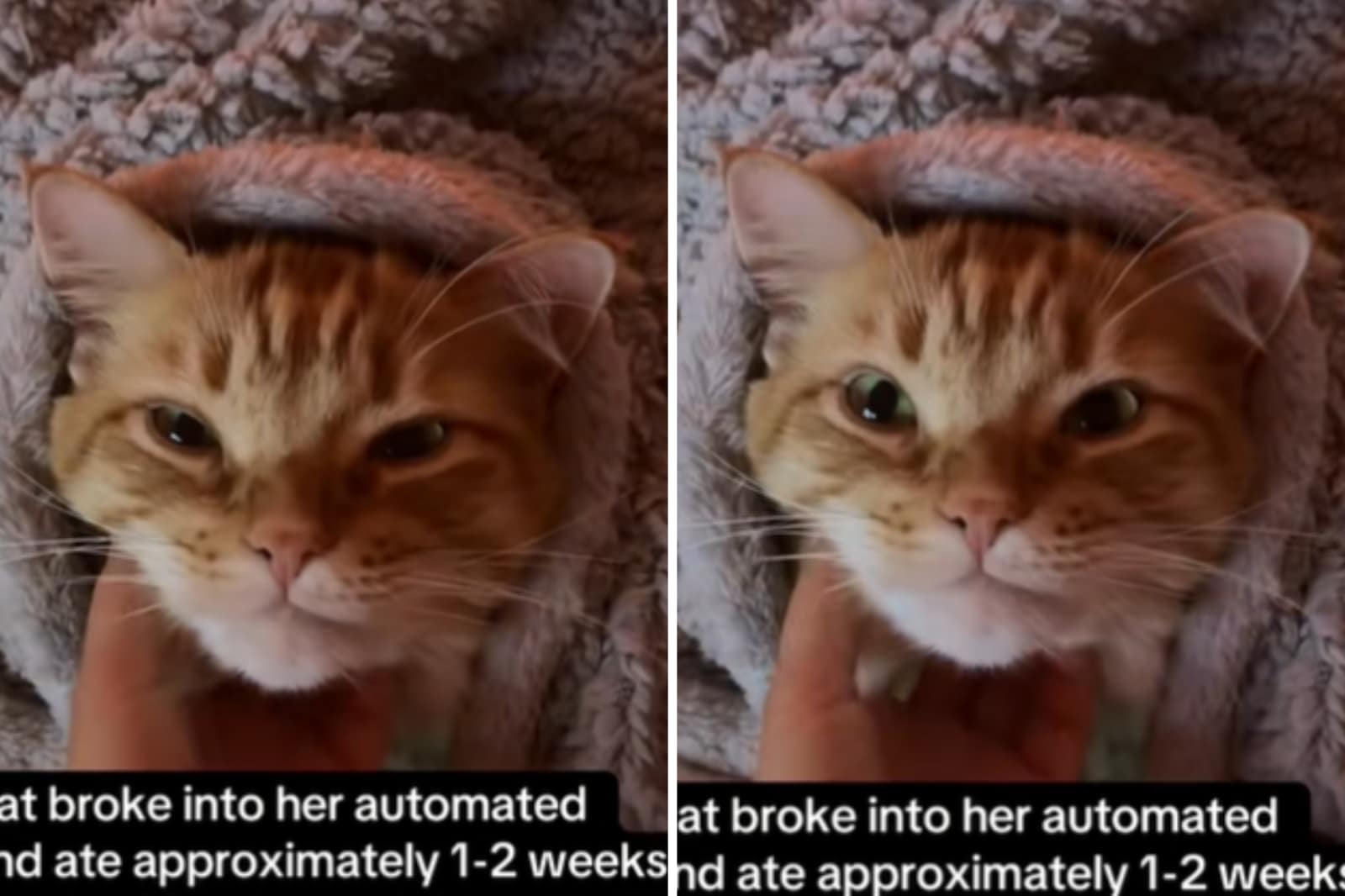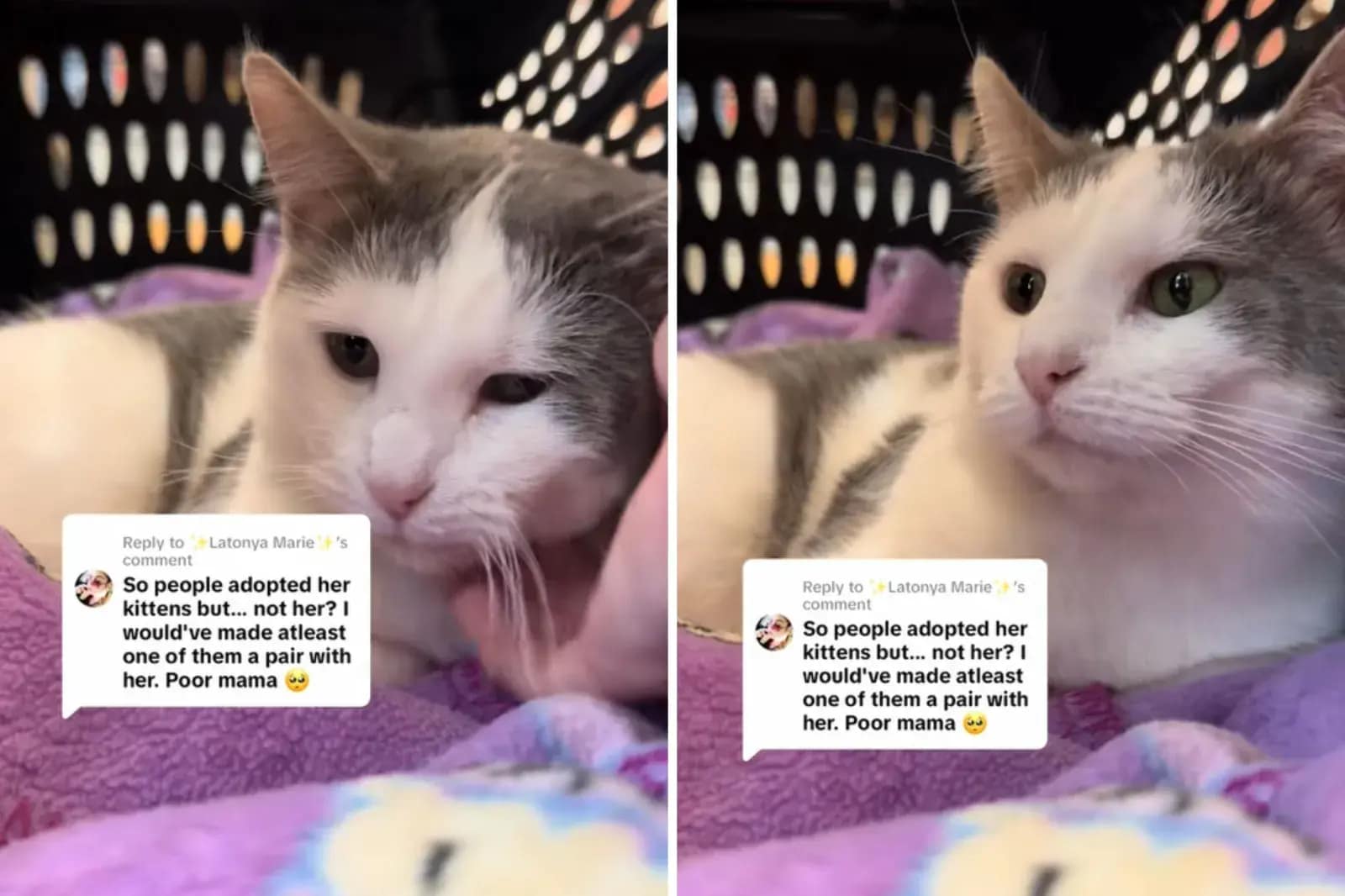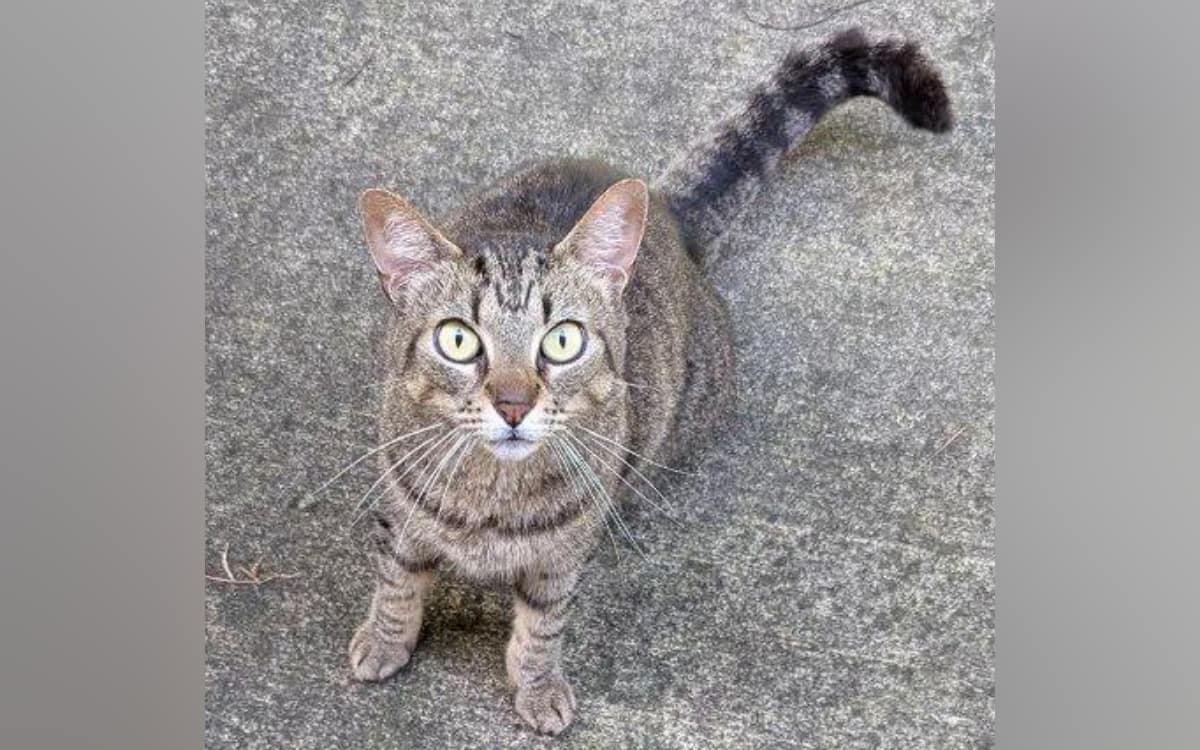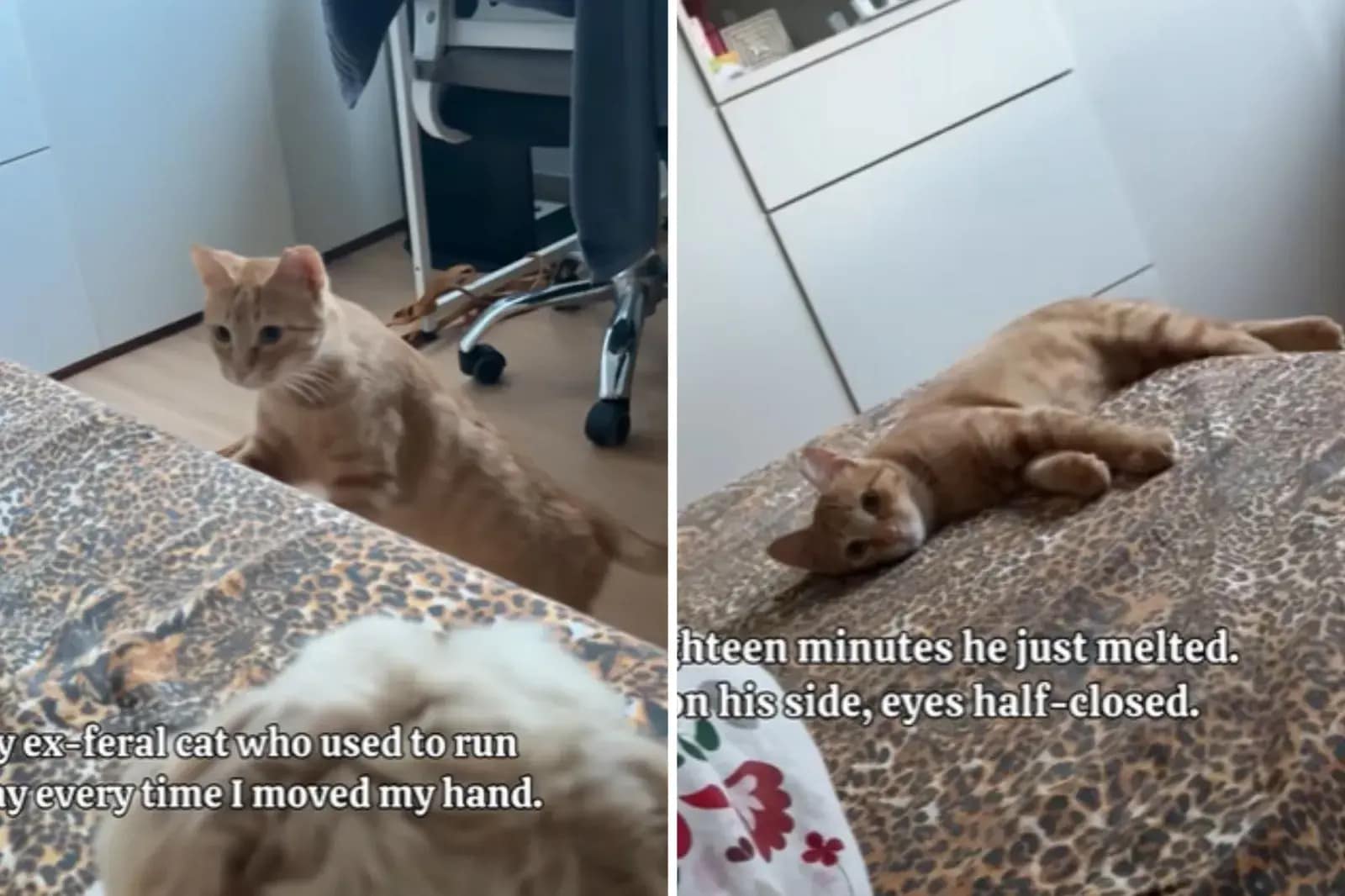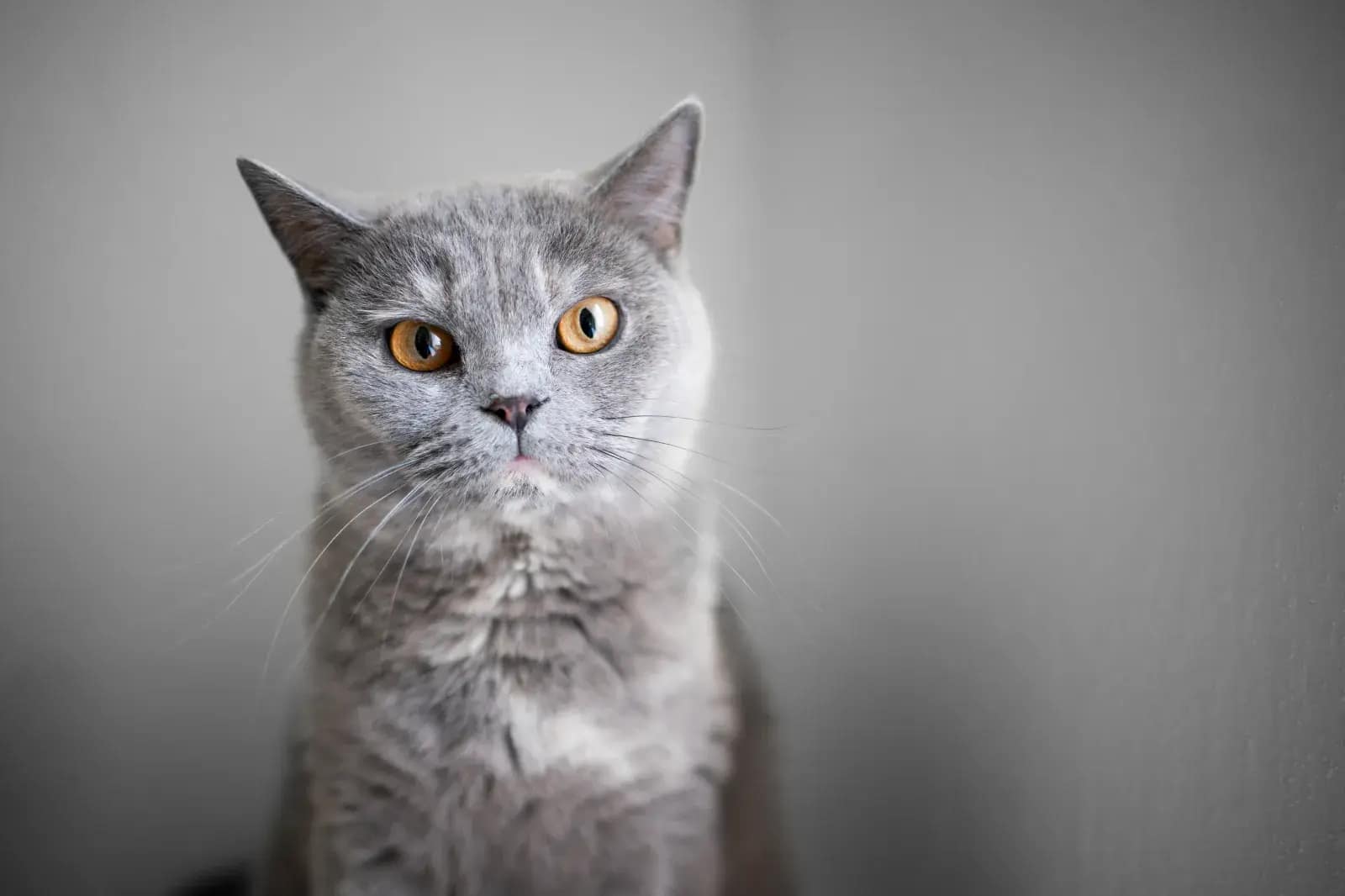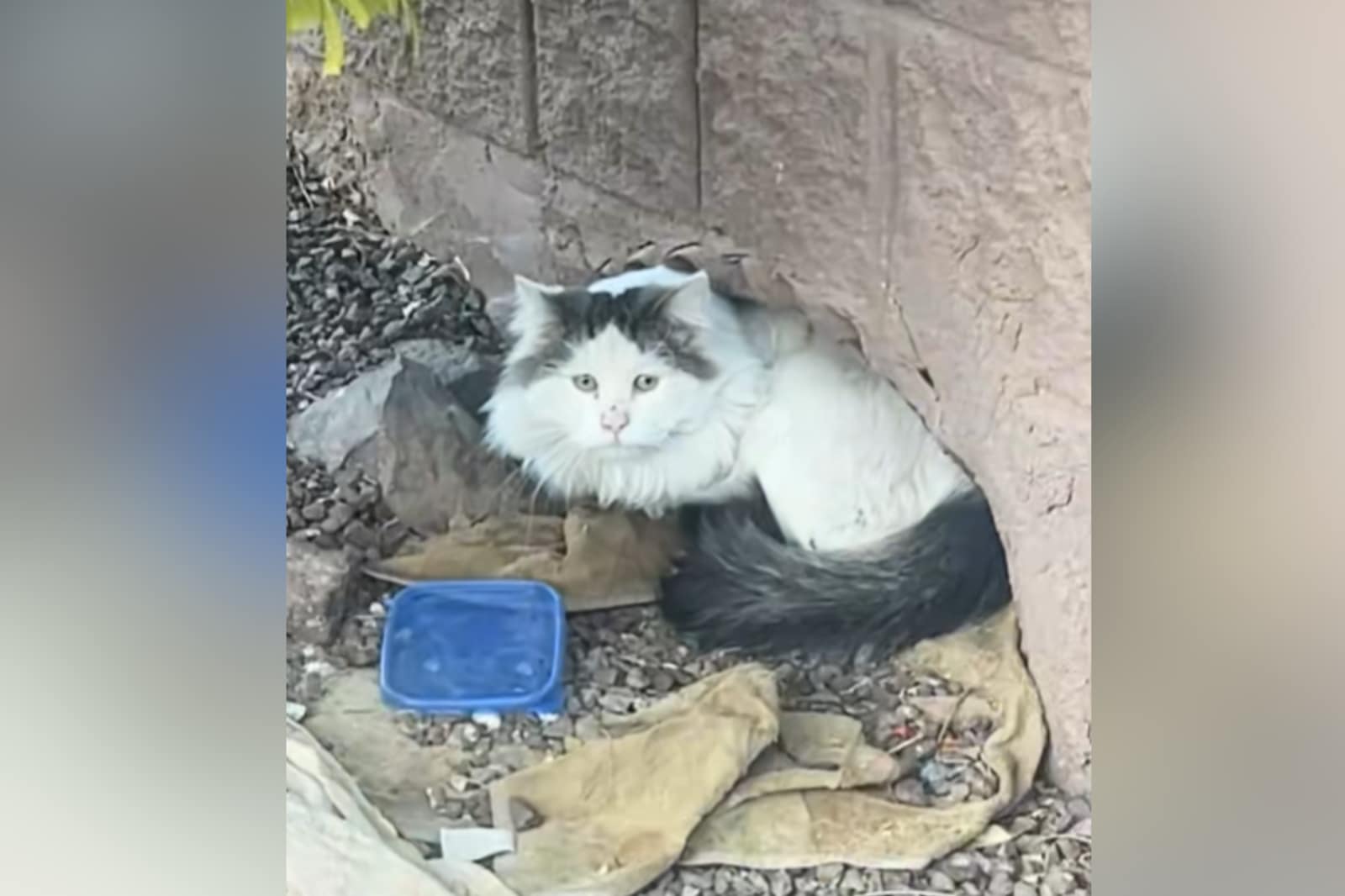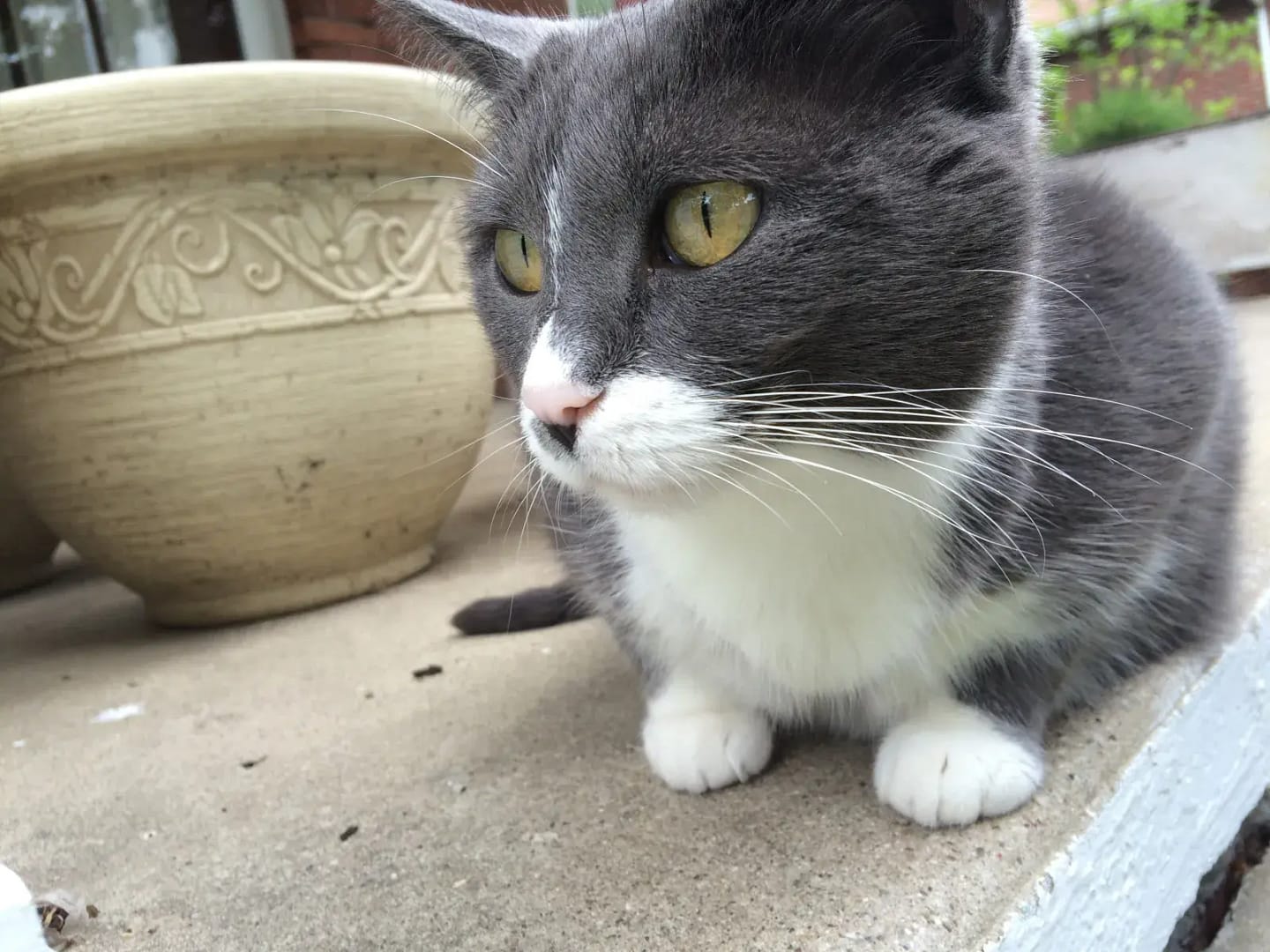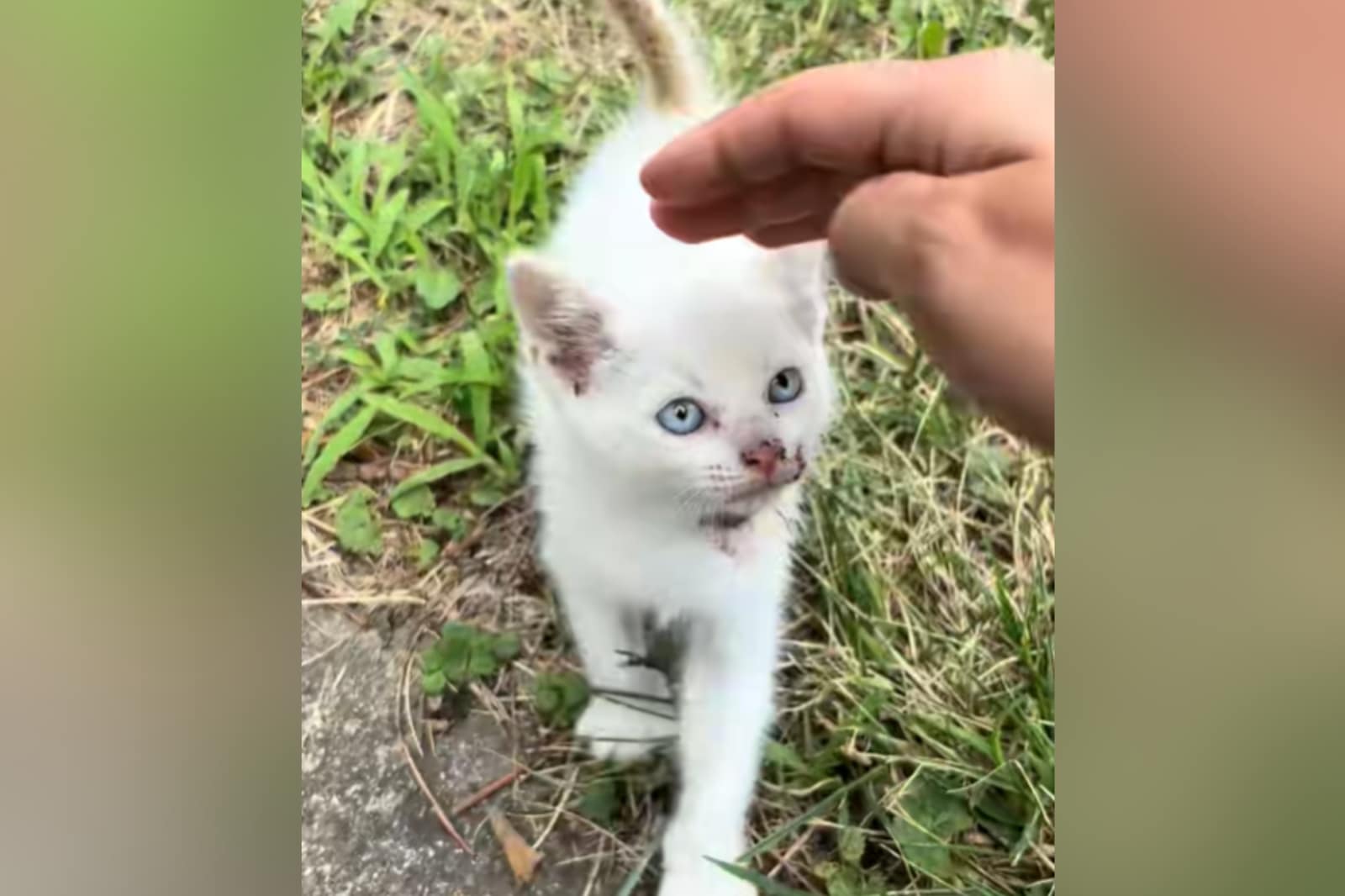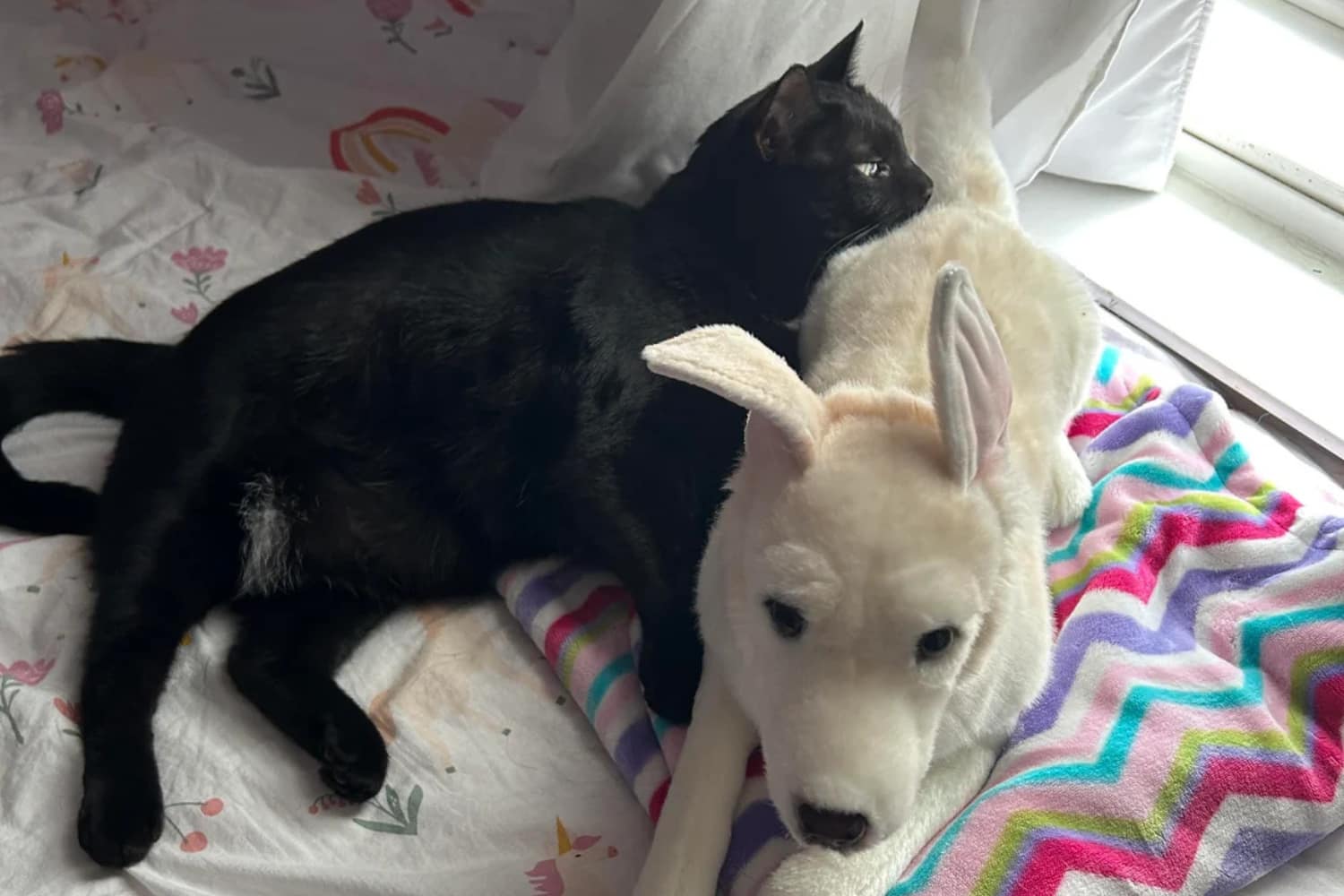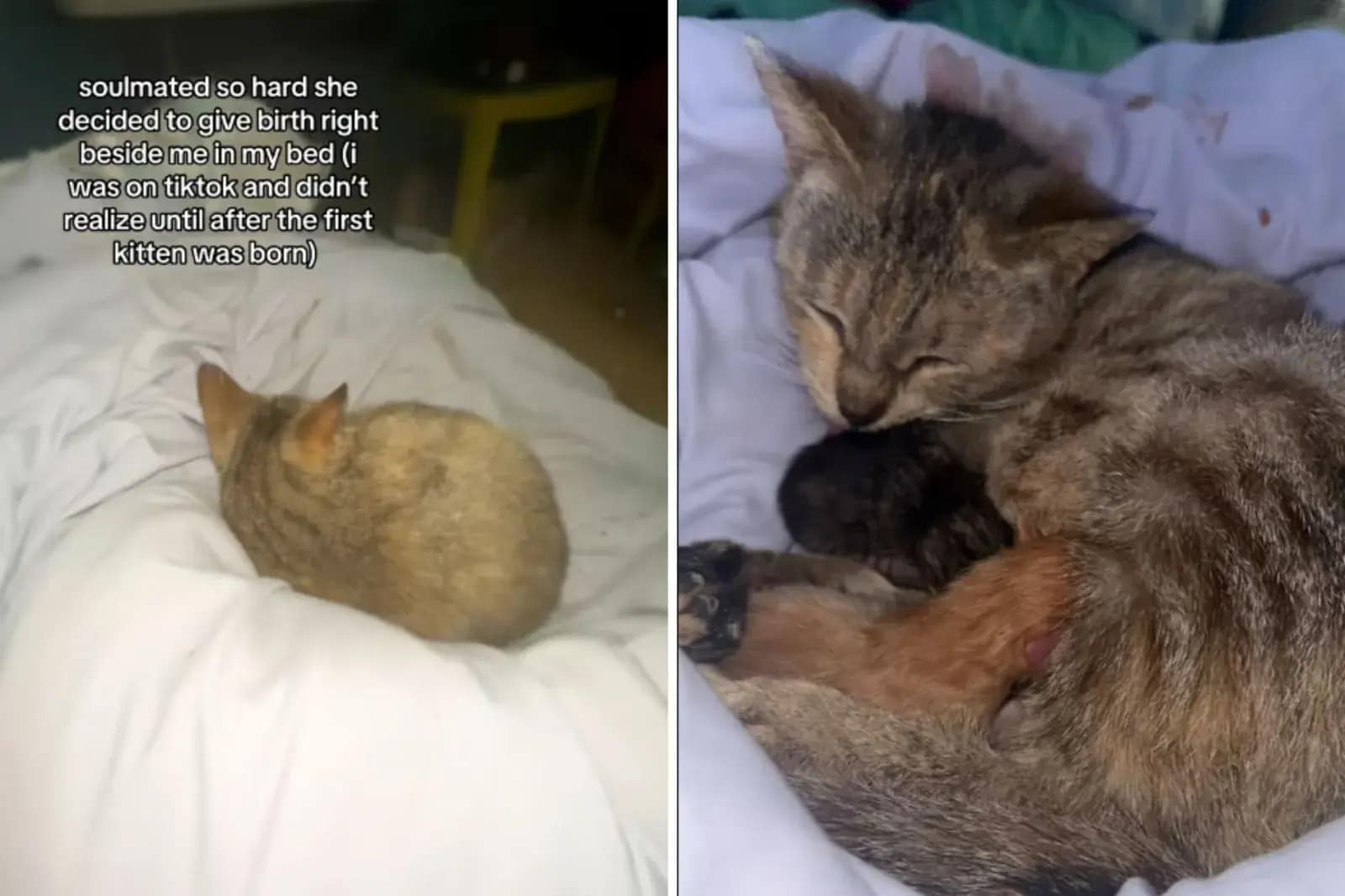Virtually all cat guardians have caught sight of their fuzzy kitties stealthily stalking a cherished toy. They hunker down low to the floor, wiggle their backside to and fro, and then spring into a pounce—bringing the playful chase to a close by nabbing their “prey” flawlessly.
As cat parents, we’ve all paused mid-scroll to watch our furry sidekicks drop into that classic crouch, tail twitching like a metronome, and—bam!—that irresistible butt wiggle kicks in right before they spring into action.
It’s equal parts hilarious and heart-melting, turning a simple toy chase into a full-on spectacle. But beyond the cuteness overload, this quirky ritual is your cat’s way of gearing up for success.
In this cat behavior guide, we’ll unpack the why behind the wiggle, blending a bit of science with plenty of practical tips to keep your indoor explorer purring with purpose.
The Science (and Charm) of the Pre-Pounce Wiggle
Picture this: Your cat’s locked onto that feather wand like it’s the last laser dot on earth. That low-slung stalk? It’s pure instinct at play. While there’s not a ton of peer-reviewed cat health news diving deep into butt wiggling (yet—fingers crossed for more feline-focused studies), experts point to a mix of biology, balance, and sheer joy. Let’s break it down with the top theories, so you can appreciate the method to your kitty’s playful madness.
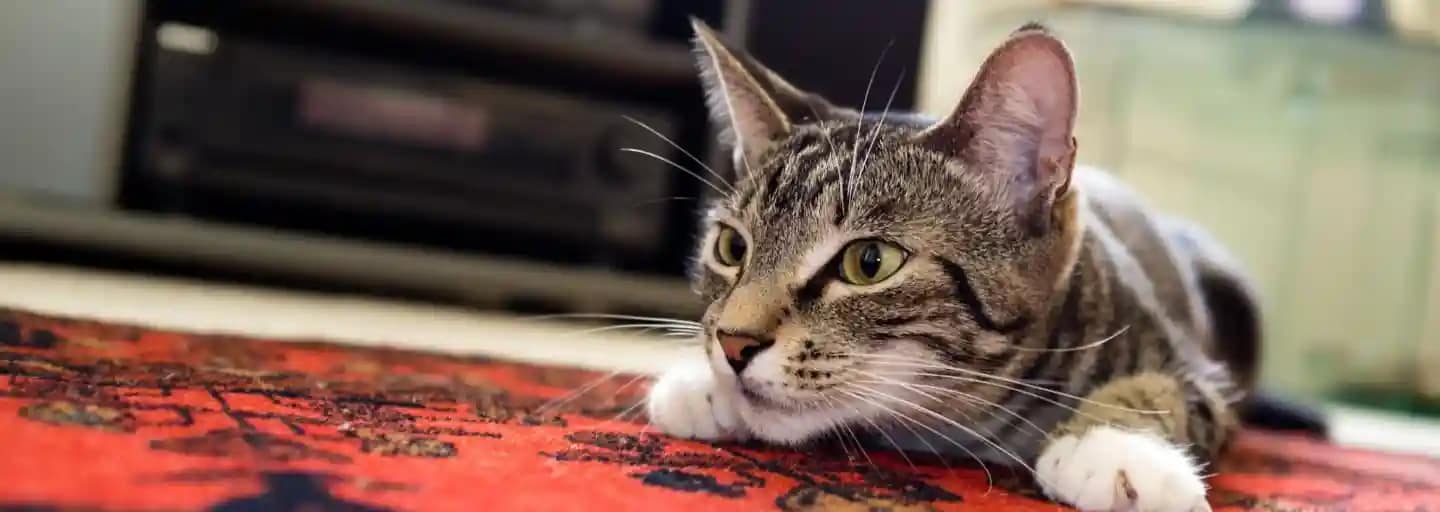
Theory 1: Building Stability for the Perfect Leap
A key rationale behind the butt wiggle lies in the contrast between how cats use their hind legs during walking and when preparing to pounce.
During regular walking, cats alternate their hind legs to move steadily from one place to another. In contrast, when leaping or pouncing to catch prey, they push off the ground with both hind legs simultaneously to generate greater power, speed, and range for the movement.
Cats are far from mere show-offs—they’re furry precision athletes. When it’s time to strike, they transition from their daily walking gait (where hind legs alternate in a relaxed rhythm) to a forceful, synchronized push-off. This requires strong traction and stability, particularly on surfaces like carpets or rugs that could slip beneath their paws.
The ground beneath the cat must be sturdy enough to support this forceful movement of the hind limbs. So, this theory suggests that a cat wiggles:
- Testing the terrain: The wiggle acts like a quick “ground check,” ensuring the surface won’t give way mid-jump. No one wants a face-plant when victory’s just inches away!
- Grip game strong: It digs those tiny claws in for extra traction, preventing slips that could turn a hunt into a tumble.
- Balance boost: Those side-to-side sways fine-tune posture, aligning muscles and vision for a laser-focused launch.
As cat parents, we know a botched pounce can lead to frustration (or a quick escape for that squeaky mouse toy). This theory shines during playtime with realistic prey mimics—think wand toys or crinkle balls—that get your cat’s hunter mode fired up.
Theory 2: Strategic Planning and Muscle Prep
Have you ever wondered if your cat’s secretly hatching a plan for world domination right there on the windowsill? That little wiggle of theirs isn’t just random—it’s basically their strategic break.
It lets them pause to map out every detail of the “attack”: calculating distance, refining angle, nailing the perfect timing—all while priming those strong hind legs for action.
Another idea is that this butt-wiggling ritual gives cats a moment to strategize their hunt and prep their muscles for a bold, forceful move. For a hunt to succeed, that movement needs to be spot-on.
Those tiny muscle shifts also act as a quick aerobic session, stretching their muscles out to make their pounce as sharp and effective as possible.
- Muscle stretch session: The subtle movements loosen quads and glutes, turning potential stiffness into spring-loaded power.
- Aerobic edge: It’s a mini workout, ramping up heart rate and oxygen flow for that explosive burst.
- Mental rehearsal: Cats are pros at visualization; this wiggle could be their way of syncing brain and body for pinpoint accuracy.
Next time you spot it, remember: Your cat’s not procrastinating—they’re prepping like a pro athlete before the big game.
Theory 3: Pure, Dopamine-Fueled Fun
Let’s keep it honest—who hasn’t bounced around a little more when they’re fired up? For cats, hunting (or let’s be real, “hunting” pretend prey) floods their brains with dopamine, the feel-good neurotransmitter that fuels excitement and a sense of reward.
That iconic butt wiggle? Chances are it’s their version of a joyous shimmy, turning that rush of energy into playful movement. When felines dive into hunting or playtime, their brains pump out dopamine—a chemical messenger linked to excitement, drive, and pure pleasure.
This butt-wiggling quirk likely stems from sheer enjoyment for cats. It could also serve as a way to burn off the extra energy sparked by that dopamine surge.
- Energy release valve: All that anticipation builds up; a wiggle lets them shake it off without derailing the pounce.
- Playful instinct: It’s a remnant of wild roots, where fun and survival blur—now channeled into laser pointer marathons.
- Bonding bonus: When directed at toys (not your ankles), it strengthens your play bond, making you the ultimate hunt partner.
In a world of endless nap spots, this wiggle reminds us: Cats thrive on these dopamine hits, keeping stress low and spirits high.
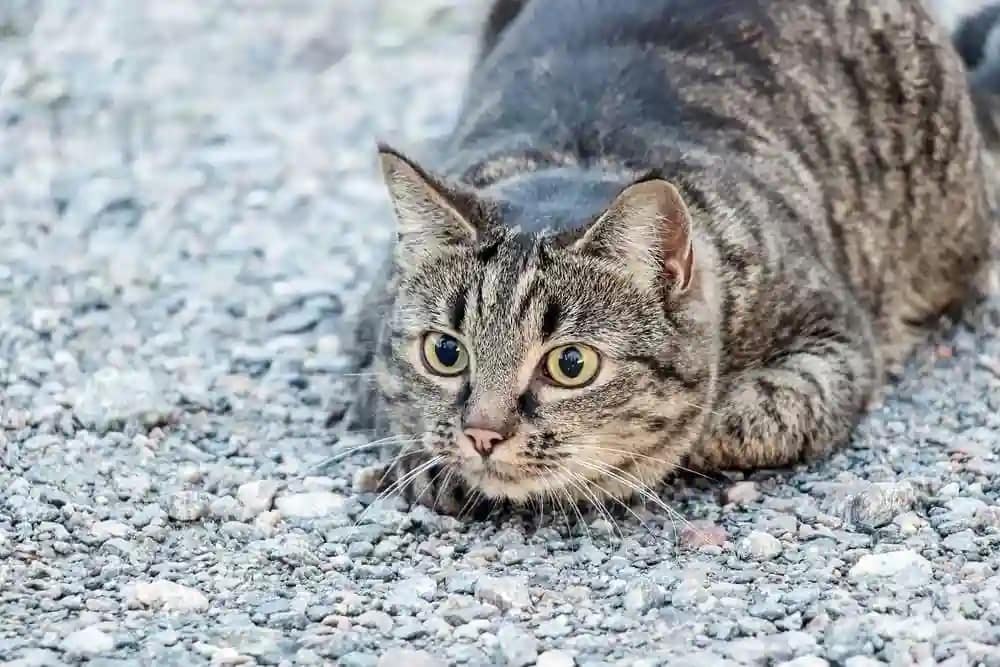
Instinct, Learning, or a Bit of Both? How Kittens Master the Wiggle
Is this wiggle hardwired or honed? The core concept regarding cats’ butt wiggling is that it stems from a blend of innate instinct and learned behavior. Kittens start experimenting with pounces around 6-7 weeks, often shadowing Mom’s flawless form.
Kittens’ movements during this stage are typically clumsy, though, meaning focused practice is necessary to refine their pouncing technique. For this reason, young kittens may look to more mature cats (like their mother) for guidance, as these adult cats model essential hunting skills such as stalking, crouching, and pouncing to help kittens hone their own abilities.
Adorably awkward—think floppy leaps and mid-air course corrections. But with practice (and plenty of “prey” like siblings or dangling strings), they refine it into that signature shimmy.
Spotting the Full Pounce Prep
Your cat’s not subtle about showtime. Tune into these telltale signs alongside the wiggle—they’re your cue to grab the toy and join the fun:
- Dilated pupils and laser stare: A surge of adrenaline can cause cats’ pupils to widen when they’re thrilled or on edge during a hunt. They might also fix their gaze on their target with wide, unblinking eyes, maintaining intense focus. Adrenaline amps up focus, turning eyes into unblinking spotlights.
- Forward-facing ears and whiskers: Cats often direct their ears and whiskers forward, which serves as a clear sign of their heightened alertness and keen interest in the object of their attention.
- Stealthy creep: Prior to pouncing, they may move in short, deliberate, slow increments — keeping their bodies close to the ground and their hind legs drawn in toward the prey or a toy.
- Tail twitch or chatter: The distinctive “chatter” (those rapid, excited tooth clicks) or a twitching tail is a telltale indicator that a pounce or action is about to happen.
Spotting these? It’s prime time for enrichment. A quick game session can turn “zoomies” into structured play, boosting mental health and curbing those surprise foot ambushes.
Embrace the Wiggle for Happier Homes
From stability checks to joyful jiggles, your cat’s pre-pounce wiggle is a window into their wild, wonderful world—a blend of survival smarts and playful spirit. As cat parents, leaning into this behavior isn’t just entertaining; it’s essential for keeping indoor kitties content, active, and connected.
Key Takeaway for Pet Parents: Stock up on variety—toys that flutter, roll, or hide—to fuel those instincts safely. Your cat’s wiggle isn’t chaos; it’s a call to play. Next time it happens, snap a video (for the ‘gram, of course) and celebrate the tiny hunter in your home.
Got more cat quirks puzzling you? See more our cat behaviors
FAQ
Is my cat’s butt wiggle a sign of aggression?
No, it’s all play! This is classic hunting prep, not anger. If paired with hissing or flattened ears, though, give space and consult a vet for stress checks.
Why does my kitten wiggle more clumsily than my adult cat?
Kittens start at 6-7 weeks but need practice to perfect it—mimicking Mom helps. It’s like baby steps for their inner predator; patience (and toys) build coordination.
Can I train my cat out of butt wiggling during play?
Absolutely not recommended—it’s instinctual and healthy! Redirect to toys instead of feet to keep things fun and scratch-free.
Does butt wiggling mean my indoor cat is unhappy or bored?
It could signal pent-up energy. Amp up playtime with puzzle feeders or wand toys to channel that hunt drive positively.
How often should I let my cat “pounce” to stay healthy?
Aim for 15-30 minutes daily. It boosts exercise, mental sharpness, and your bond—key for cat health news on preventing obesity and anxiety.
Source
Cats Protection: Why does my cat wiggle before pouncing?
World of Animals Veterinary Hospital: Cat Butt Wiggle
The Cat is in the Box: Why do cats wiggle before they pounce?

